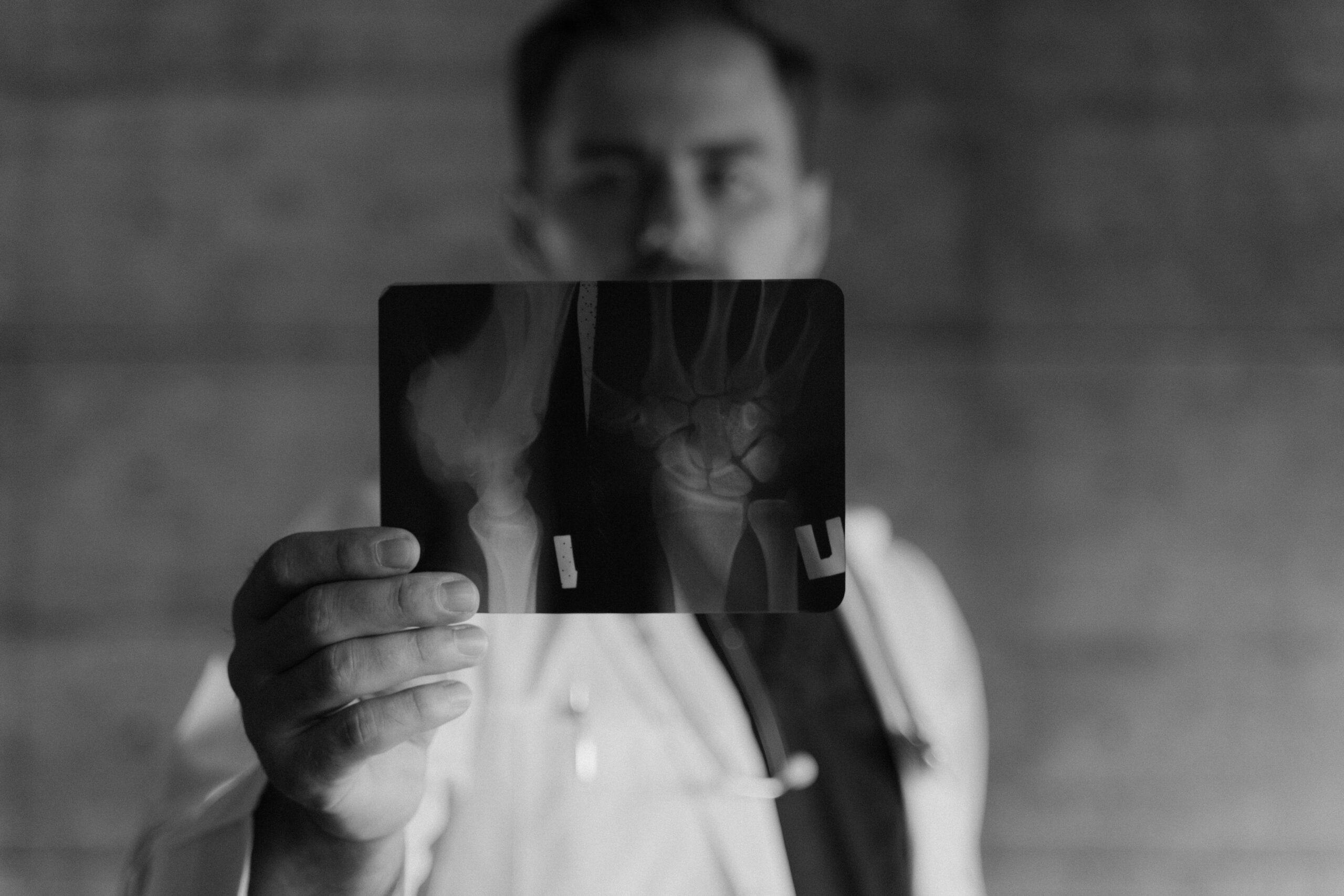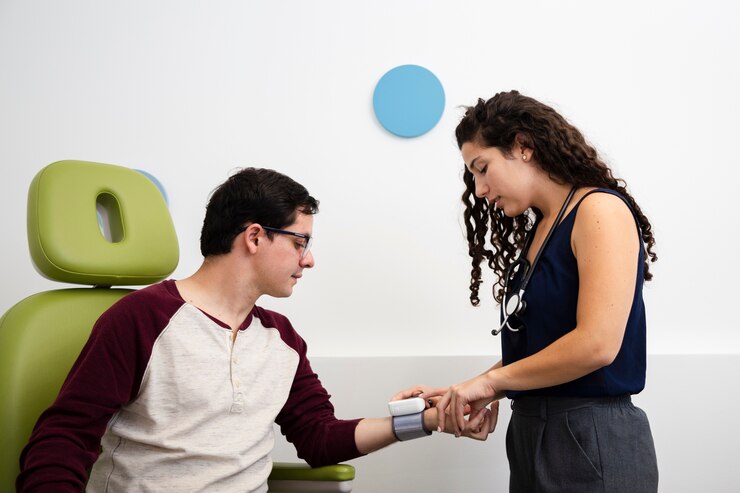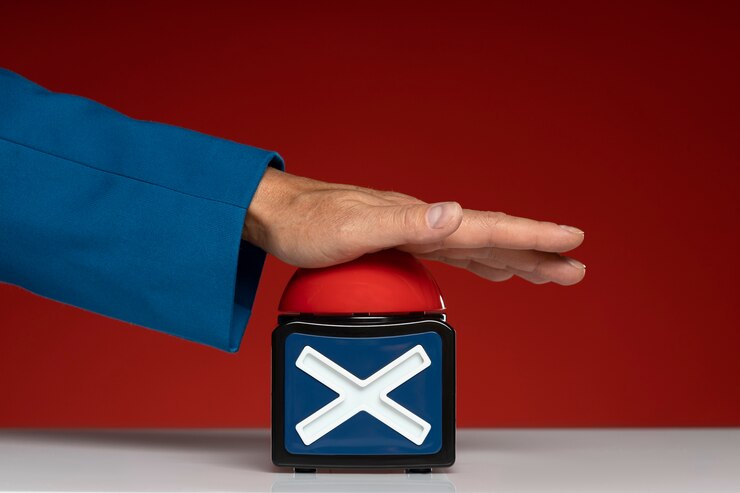What are Podiatry CPT codes? A Complete Guide
Complete List of CPT Codes for Podiatry
Podiatry CPT codes are a critical aspect of medical billing in the field of podiatry, providing a standardized system for documenting and reimbursing foot and ankle care procedures. These codes, part of the Current Procedural Terminology (CPT) system maintained by the American Medical Association (AMA), are essential for ensuring accurate communication between healthcare providers and insurance companies.
However, navigating the complexities of podiatry CPT codes can be challenging for healthcare providers. They must stay updated with the latest coding changes and ensure precise documentation to avoid claim denials and maximize reimbursement. The unique nature of podiatric treatments, which often involve both medical and surgical interventions, adds another layer of complexity to the billing process.
Proper understanding and utilization of these codes are crucial for efficient practice management and financial sustainability in the ever-evolving healthcare landscape. Importance of CPT Codes in Podiatry
Commonly Used CPT Codes in Podiatry
Podiatry CPT codes play an essential role in the accurate billing and reimbursement of podiatric services. These codes help streamline the podiatry medical billing process, ensure proper documentation, and facilitate communication between healthcare providers and insurance companies. Understanding the most commonly used CPT codes in podiatry can greatly enhance the efficiency of medical billing practices.
Doctors’ Visits
99203 – 99204: Office Visit Initial Patient (Levels 3 to 4): These codes are used for initial office visits by new patients, with varying levels of complexity and time requirements.
99213 – 99214: Established Patient Office Visits (Levels 3 and 4): These codes cover follow-up visits for established patients, again with different levels of complexity and time.
Cuticle Treatments and Procedures
11720: Nail Clipping (1 Foot): This code is used for the simple clipping of toenails on one foot.
11721: Nail Clipping (2 Feet): Similar to 11720, but for toenail clipping on both feet.
11730: Removal of Toenails: This code is for the removal of a toenail.
11750: Removal of Toenails (Permanent): This code indicates a permanent removal of the toenail.
97597: The Treatment of an Open Wound: Used for the treatment and management of open wounds.
17110: Benign Wart/Lesion Removal Up to 14: This code is for the removal of benign lesions or warts up to 14.
CPT Codes for Orthotics
L3020: Materials for Custom Orthotics:
This code covers the materials used for creating custom orthotics.
OR002 29799: Fitting for Casting Impression: This code is for the fitting and creation of a casting impression for orthotics.
97760: 15-minute sessions of training in orthotic management: Used for each 15-minute session of training a patient in orthotic management.
Dislocation or Fracture
28450:eatment of tarsal bone fractures without treatment, each tarsal bone (apart from the talus and calcaneus): This code covers the treatment of tarsal bone fractures without manipulation.28455: Through manipulation: For treatment involving manipulation of tarsal bone fractures.
28470: Metatarsal fracture closed treatment without manipulation, each: Used for closed treatment of metatarsal fractures without manipulation.
28475: Through manipulation: For closed treatment of metatarsal fractures with manipulation.
28490: Great toe, phalanx, or phalange fracture closed treatment without manipulation: Used for non-manipulative closed treatment of great toe or phalange fractures.
28495: Through manipulation: For manipulative closed treatment of great toe or phalange fractures.
28510: Other than the great toe, closed treatment of phalanx or phalange fractures without manipulating each: Used for closed treatment of phalange fractures (other than the great toe) without manipulation.
28515: Through manipulation: For manipulative closed treatment of phalange fractures (other than the great toe).
28630: Without anesthesia, the closed metatarsophalangeal joint dislocation therapy: This code covers closed treatment of metatarsophalangeal joint dislocation without anesthesia.
28635: The need for anesthesia: Used for closed treatment of metatarsophalangeal joint dislocation with anesthesia.
28660: Interphalangeal joint dislocation closed treatment without anesthesia: For closed treatment of interphalangeal joint dislocation without anesthesia.
28665: Involving anesthesia: For closed treatment of interphalangeal joint dislocation with anesthesia.
Amputation:
28805: Foot and transmetatarsal amputation: This code is used for the amputation of the foot and transmetatarsal.
28810: Metatarsal with a single amputation: For single metatarsal amputations.
28820: Metatarsophalangeal joint and toe amputation: Covers amputation of the metatarsophalangeal joint and toe.
28825: Interphalangeal articulation: Used for amputation involving the interphalangeal articulation.
28899: Procedure not listed, foot or toenails: This code is for procedures not otherwise specified involving the foot or toenails.
A List of CPT Codes for Podiatry Procedures
In the field of podiatry, having a comprehensive understanding of CPT codes is vital for ensuring accurate billing and maximizing reimbursement. These codes cover a wide range of procedures, from routine visits and diagnostic tests to surgical interventions and orthotic fittings.
- 11042: Debridement, subcutaneous tissue (includes epidermis and dermis, if performed); first 20 sq cm or less
- 11055: Paring or cutting of benign hyperkeratotic lesion (e.g., corn or callus); single lesion
- 11056: Paring or cutting of benign hyperkeratotic lesion; two to four lesions
- 11057: Paring or cutting of benign hyperkeratotic lesion; more than four lesions
- 11719: Trimming of nondystrophic nails, any number
- 11720: Debridement of nails, one to five
- 11721: Debridement of nails, six or more
- 11730: Avulsion of nail plate, partial or complete, single nail
- 11732: Avulsion of the nail plate, partial or complete, each additional nail
- 11740: Evacuation of subungual hematoma
- 11750: Excision of nail and nail matrix, partial or complete, for permanent removal
- 11765: Wedge excision of the skin of nail fold (e.g., for ingrown toenail)
- 17000: Destruction (e.g., laser surgery, electrosurgery, cryosurgery, chemosurgery, surgical curettement), premalignant lesions; first lesion
- 17003: Destruction, premalignant lesions; second through 14 lesions, each
- 17004: Destruction, premalignant lesions; 15 or more lesions
- 20550: Injection(s); single tendon sheath, or ligament, aponeurosis (e.g., plantar “fascia”)
- 20551: Injection(s); single tendon origin/insertion
- 20600: Arthrocentesis, aspiration, or injection; small joint or bursa (e.g., fingers, toes)
- 20605: Arthrocentesis, aspiration, or injection; intermediate joint or bursa (e.g., wrist, elbow, ankle, olecranon bursa)
- 20610: Arthrocentesis, aspiration, and injection; major joint or bursa (e.g., shoulder, hip, knee joint, subacromial bursa)
- 28285: Hammertoe repair
- 28288: Ostectomy, partial or complete, phalanges of the toes
- 28308: Osteotomy, with or without lengthening, shortening, or angular correction, metatarsal; first metatarsal
- 28820: Amputation, toe; metatarsophalangeal joint
- 28825: Amputation, toe; interphalangeal joint
- 29405: Application of short leg cast (below knee to toes)
- 29540: Strapping; ankle and foot
These CPT codes encompass a variety of podiatric procedures and treatments, aiding healthcare providers in accurately documenting services rendered and ensuring proper reimbursement. By staying informed about these codes and incorporating them into their billing practices, podiatry professionals can enhance their operational efficiency and financial performance.
Billing and Coding Guidelines for Podiatrists
Accurate billing and coding are crucial for podiatrists to ensure proper reimbursement and avoid claim denials. Understanding the specific guidelines for billing and coding in podiatry helps streamline the process, improves financial outcomes, and maintains compliance with regulatory standards. Here are key billing and coding guidelines that podiatrists should follow:
- Use Specific and Accurate CPT Codes
Always select the most specific CPT code that accurately describes the procedure performed. Avoid using generic or unspecified codes whenever possible.
- Ensure Proper Documentation
Comprehensive documentation is essential to support the codes billed. Include detailed notes on the patient’s condition, treatment plan, and procedures performed.
- Stay Updated with Code Changes
CPT codes are regularly updated. Podiatrists should stay informed about annual changes to ensure they are using the current codes.
- Verify Patient Eligibility and Coverage
Before performing procedures, verify the patient’s insurance coverage and eligibility for the specific services to prevent claim denials.
- Understand Modifiers
Use appropriate modifiers to provide additional information about the services rendered. For instance, modifiers may indicate multiple procedures, bilateral procedures, or services provided by more than one physician.
- Follow Payer-Specific Guidelines
Different insurance payers may have unique billing requirements. Familiarize yourself with the guidelines of each payer to ensure compliance and accurate billing.
- Timely Filing of Claims
Submit claims promptly to avoid delays in reimbursement. Be aware of the filing deadlines for each insurance provider.
- Monitor and Appeal Denied Claims
Regularly review denied claims to identify common issues. If a claim is denied, promptly investigate the reason and file an appeal if appropriate.
- Utilize Electronic Health Records (EHR) Systems
Implementing EHR systems can enhance the accuracy and efficiency of billing and coding by automating many processes and reducing the likelihood of human error.
- Educate and Train Staff
Ensure that all staff involved in billing and coding are well-trained and knowledgeable about current guidelines and best practices.
- Regular Audits and Reviews
Conduct periodic audits of billing and coding practices to identify and correct errors, ensuring ongoing compliance and accuracy.
Conclusion
FAQs
Hospital Medical Billing Services involve managing financial aspects in healthcare, including claims processing, coding, and insurance reimbursement to optimize financial workflows.
Expertise, experience, technology, client testimonials, pricing, data security, and communication.





